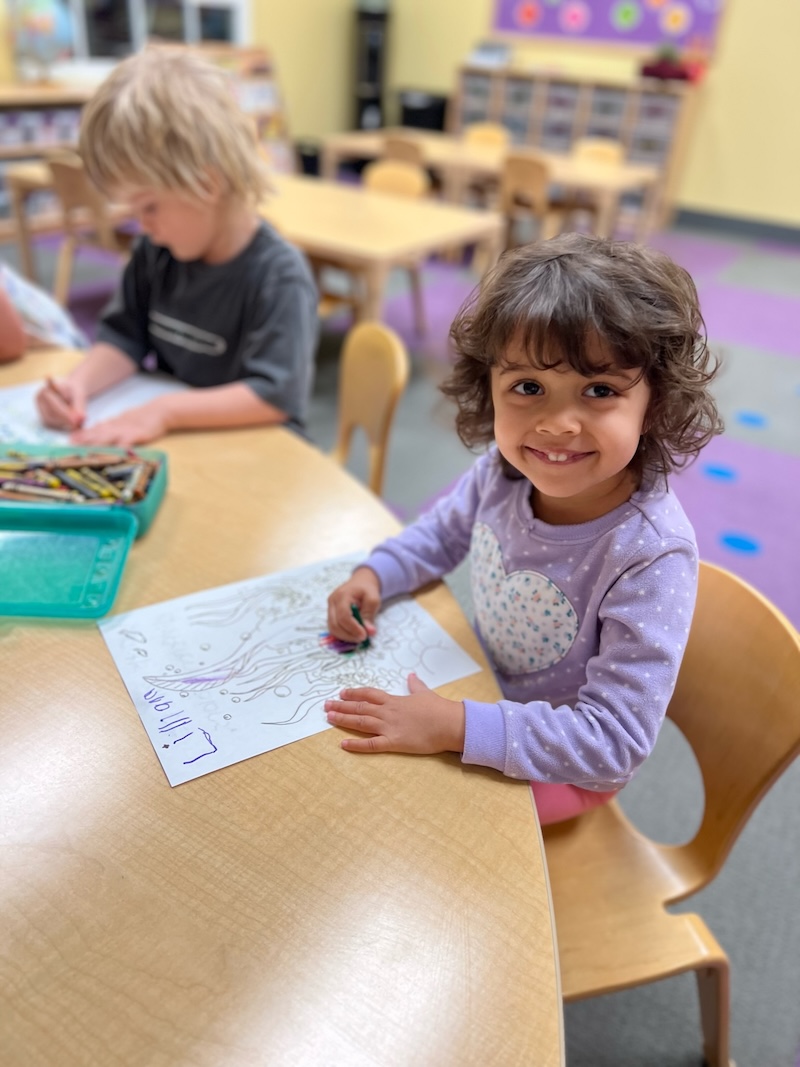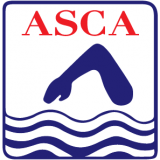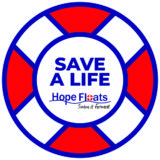
Childhood is a critical period for growth and development, and integrating creativity and movement into daily activities can have wonderful effects on both physical and mental development.
A creative kids’ program is more than just a fun, memory-making opportunity for children (though it is certainly that as well!). It is also foundational for building essential life skills. Let’s explore how creativity and movement can significantly enhance a child’s development in preschool curriculums.
The Benefits of Creative Activities for Kids
Creativity encourages cognitive development by engaging the brain in various ways. Activities such as drawing, painting, and storytelling encourage children to think critically and use their imagination.
Problem-Solving Skills
Creative activities for kids help them grow their problem-solving skills and cognitive flexibility, which are crucial for academic success and daily life. Creativity helps them gain experience in generating ideas and exploring various possibilities and solutions for issues in front of them.
Language and Communication Skills
Creative activities also play a pivotal role in language development. Storytelling, role-playing, and arts and crafts introduce new vocabulary and concepts, helping children improve their language skills. Children who engage in regular storytelling and creative play often have better language skills and communication abilities.
Emotional Expression and Regulation
Creativity provides children with a healthy outlet for expressing their emotions. Art and imaginative play allow children to convey their feelings in a non-verbal way, which is particularly beneficial for those who may struggle to articulate their emotions. This emotional expression helps children understand and manage their feelings, contributing to better emotional regulation and mental health.
The Benefits of Movement in Child Development
Movement is essential for physical development. Activities such as running, jumping, and climbing enhance gross motor skills, while tasks like cutting with scissors and threading beads develop fine motor skills. These physical activities are crucial for everyday tasks and form the foundation for more complex physical activities later in life.
According to the Centers for Disease Control and Prevention (CDC), consistent physical activity can help kids improve their muscle strength, coordination, and cardiorespiratory fitness. Kids who have symptoms of anxiety and depression may also see an improvement in their symptoms with regular physical activity. Here are some of the other benefits of regular movement.
Brain Development and Cognitive Function
Physical activity is beneficial for the body and the brain. Movement increases blood flow to the brain, enhances neural connections, and encourages new brain cell growth. This can lead to improved attention, memory, and cognitive function. Kids who engage in regular physical activity often have better attention spans and perform better academically.
Emotional and Behavioral Benefits
Engaging in sports, dance, or even simple playground games can boost mood and increase overall emotional resilience. Structured movement activities teach children self-discipline and improve their ability to follow instructions and routines while helping to reduce anxiety and depression.
Integrating Creativity and Movement
To maximize the benefits of creativity and movement, parents, educators, and coaches should integrate creative and physical activities into daily routines. Combining creative and physical activities can be particularly engaging. For example, music and dance activities enhance physical coordination and stimulate the brain through rhythm and melody, promoting physical and cognitive development. Here are some activities to consider.
Creative Arts and Crafts
Incorporating arts and crafts into daily activities allows children to explore different materials and techniques. Teachers can provide open-ended projects that encourage experimentation and individual expression. Incorporating themes from books, nature, and cultural celebrations can enrich these activities.
Music and Dance
Music and dance combine creativity and movement, providing a comprehensive developmental experience. Singing and playing musical instruments can improve language skills and rhythm. Dance activities enhance coordination and allow children to express themselves physically. Group music and dance sessions also promote social interaction and cooperation.
Imaginative Play
Providing opportunities for imaginative play is essential. Setting up themed play areas, such as a kitchen, a post office, or a doctor’s office, encourages role-playing and creative thinking. These activities help children make sense of the world around them and develop empathy by putting themselves in others’ shoes.
Outdoor Play
Outdoor play is vital for physical development. Preschools should ensure children have ample time to engage in unstructured play outside. Climbing, running, and exploring nature promote physical health and enhance sensory experiences. Outdoor play also offers unique opportunities for creativity, such as building structures with natural materials or creating art from found objects.
Structured Movement Activities
Structured movement activities, such as yoga, sports, and dance classes, can be incorporated into the curriculum. These activities provide children with a chance to learn new skills and follow instructions while enjoying physical exercise. They also teach important values such as teamwork, perseverance, and sportsmanship.
Creative Kids’ Program Opportunities at America’s Kids In Motion
Want to add more movement and creativity to your kids’ lives but need help figuring out where to start? Reach out to America’s Kids In Motion today to learn more about education, sports, and social activities all under one roof at our Clovis, CA, location.
Contact us to enroll or learn more about our programming.




